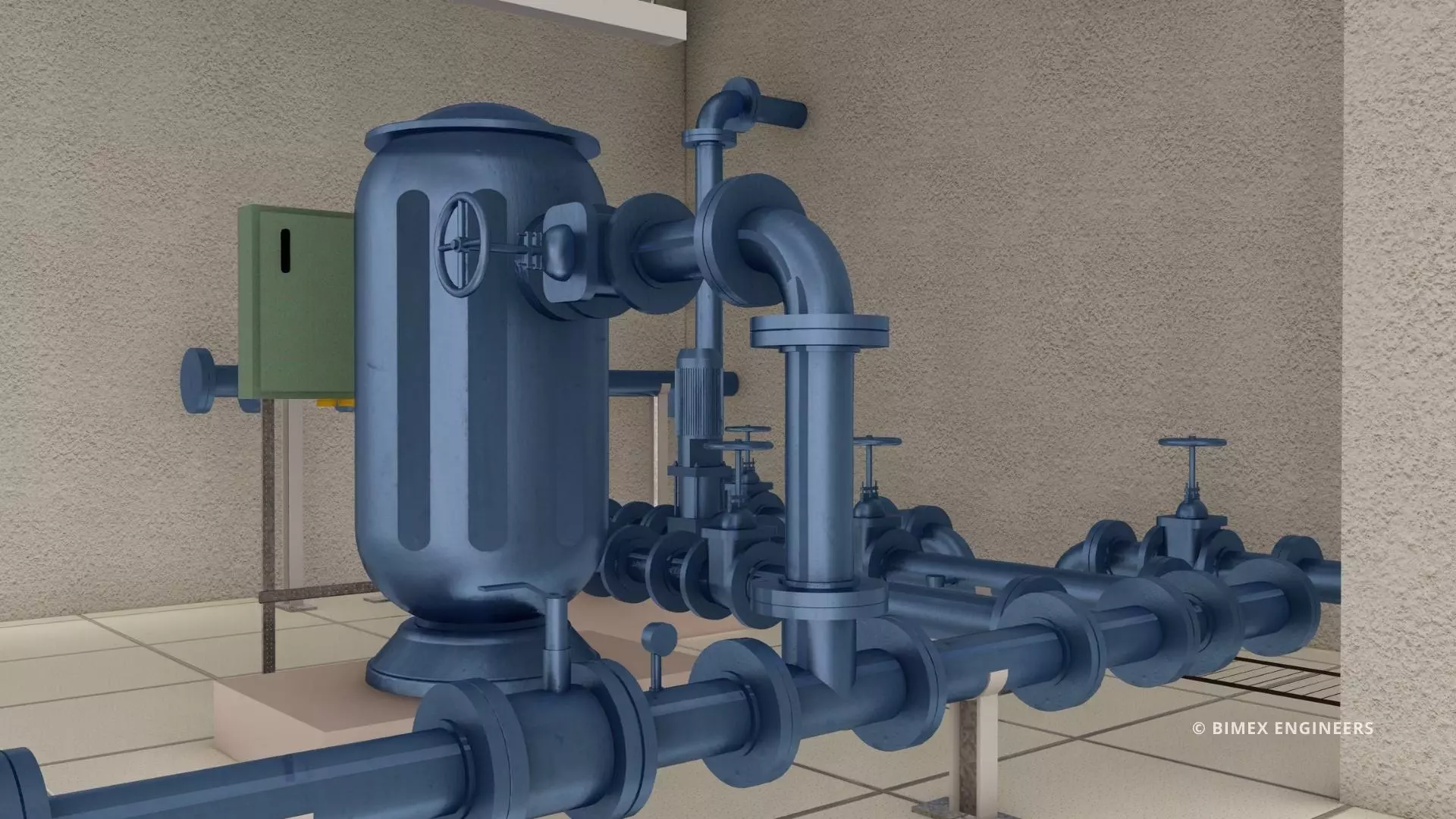Building Information Modeling (BIM) is a digital representation of a building’s design and construction that is used to plan, design, construct, and manage building projects. BIM has become an increasingly popular tool for Mechanical, Electrical, and Plumbing (MEP) engineers in the construction industry because of its many benefits.
Benefits of BIM for MEP Engineers
1. Improved Collaboration
BIM enables MEP engineers to collaborate with architects, trade contractors, and other stakeholders in real-time. This improves communication and helps ensure that everyone is on the same page throughout the construction process. BIM also allows MEP engineers to coordinate their work with other trades and identify potential conflicts early in the process, reducing the risk of rework and delays.
2. Enhanced Visualization
3. Better Cost Estimation
4. Improved Safety
5. Increased Accuracy
6. Streamlined Design and Construction Processes
7. Improved Project Management
Conclusion
In conclusion, BIM is a valuable tool for MEP engineers in the construction industry. Its many benefits, including improved collaboration, enhanced visualization, better cost estimation, improved safety, increased accuracy, streamlined design and construction processes, and improved project management, make it a must-have for modern MEP engineers. BIM helps MEP engineers improve the quality of their work, reduce costs, and increase their efficiency, allowing them to better serve their clients and stay competitive in today’s rapidly changing construction landscape.
Contact us today to know more about our MEP BIM Services.





